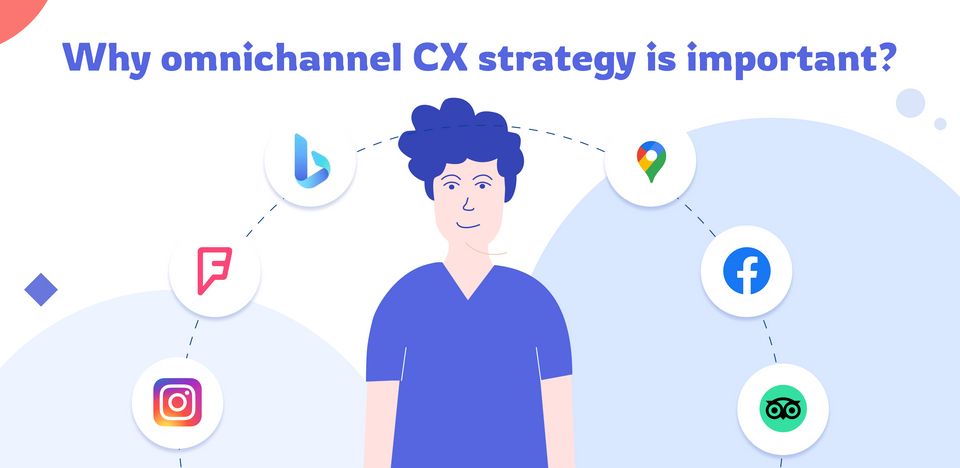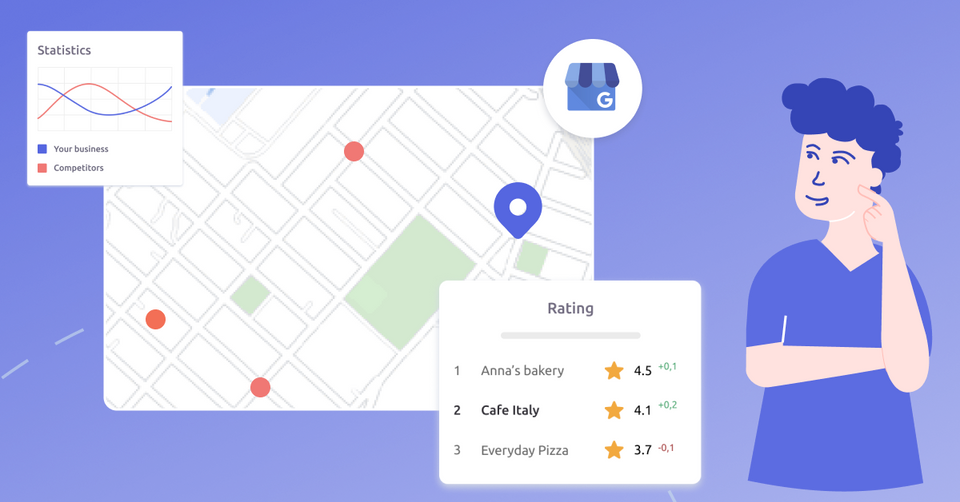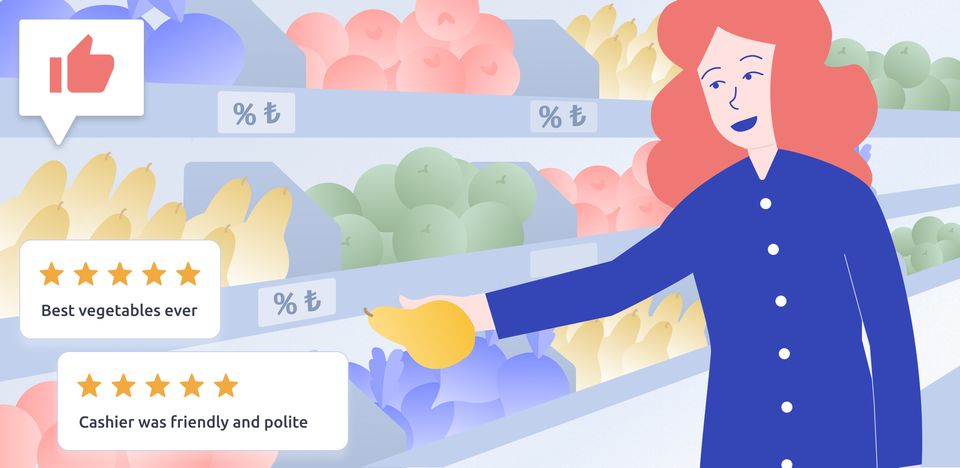The days when you just need to establish your business, create a simple website and customers will come over to you are long over. You need to actively engage with them in various channels, where they could be looking for you and attract their attention. Moreover, most of the time you would also need to outcompete other businesses in the same niche. That’s why a business needs to communicate with potential customers through multiple channels.
That could not be easy, however, that’s necessary to maintain a proper connection. That’s how the concept of multichannel marketing has been established. It has been evolving for a while, from the appearance of social networks 20 years ago to the rise of various messengers 10 years ago and the growing importance of local search nowadays.
However, multichannel marketing itself has been changing. Over time marketers realized that simply adding new social networks and messengers to their strategy was no longer enough. Businesses needed to maintain a consistent appearance on all of these channels.
Most people still confuse multichannel and omnichannel marketing. And that’s not surprising, as these terms might sound a little similar. However, they are different not only in their philosophy but also in their actual use, so they definitely shouldn’t be used interchangeably. In this article, we would like to give you sometimes on building your omnichannel online presence. However, first, let’s dig in and clarify the difference between omnichannel and multichannel customer experience.
Omnichannel vs Multichannel Customer Experience Strategy
Nowadays the customer journey is extremely complex. The first customer would look for something in a search engine, then probably will go and check your social networks or check what people are talking about you on the Internet to make sure that your business is reliable. After that, a customer might proceed with a purchase and might follow your social networks if he/she would like the first experience that you provide.
Then, if you engage with him/her properly and provide a decent customer experience along with further purchases that will be great for you because you can turn a customer into an ambassador who could promote and advocate for your business.
That’s just a Customer Journey. However, it could be different depending on your business and the services that you provide. What will most probably stay the same is that you never know for sure where customers would reach you. It could happen via your website, via your social networks, maps or online review listing, or just via a phone call. That’s why you need to be present in lots of channels.
That’s basically how multichannel marketing got established. A client would have access to various communication options. Let’s say he/she gets a promotion offer from you via email with a link to your Instagram.
A client checks your Instagram, and even if the offer that you mentioned at first, was not really interesting, he/she finds more cool options on your IG. They are interested in it and curious about how to order it. They might simply order online (e.g. on your website) or even go to your brick-and-mortar location (let’s imagine that a potential client is bored).
They would look for directions to your store on Google/Apple Maps, estimate how much time it would take them to go, and maybe read some reviews to make sure that your business is reliable. Then, the route on online maps has been created they entered the shop and here your real-life customer experience enters the game. That’s multichannel marketing, as in this case your business has been presented in different channels: email, Instagram, website, and online maps.
That’s an absolute must-have for the 21st century. However, let’s imagine that your Instagram and Website lack the same style. That’s where customers could get confused. Let’s say he/she really likes your Instagram, cool design posts, engagement in the comments, reels, and stories.
Then a client moves to your site and sees some totally old-fashioned design with an inconvenient order button. That’s when he or she could have some first doubts about your business and you definitely should not enhance it any further (e.g. with some inappropriate online listing that misses information). That’s how omnichannel marketing could help you.
In omnichannel customer experience multiple digital channels are connected, so a client can move seamlessly between them. All of the abovementioned channels should be unified with contingent branding and messaging, so a client would have a feeling that he/she engages with the same brand. That’s how you could create an equally efficient and positive experience across all platforms.
In other words, if the multichannel customer experience is product-centric, omnichannel customer experience is customer-centric. Omnichannel uses first and foremost customers’ perspectives and interests, not the companies, to provide the best service along the way. Guess which strategy works better nowadays?
61% of customers stated to have difficulties while switching from one channel to another when interacting with the customer service for various reasons:
- Customers would need to explain their issues again
- They could receive different answers to the same question
- They could be bounced around between agents (worst case scenario) without a proper explanation
Omnichannel should help you avoid this situation. After explaining the difference between multichannel and omnichannel let’s talk more precisely about the advantages of omnichannel - we will cover this topic in the following article :)





